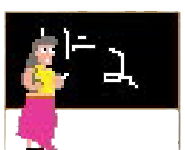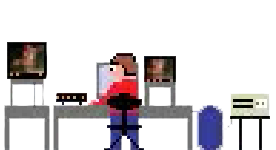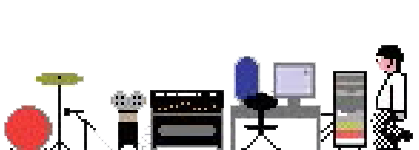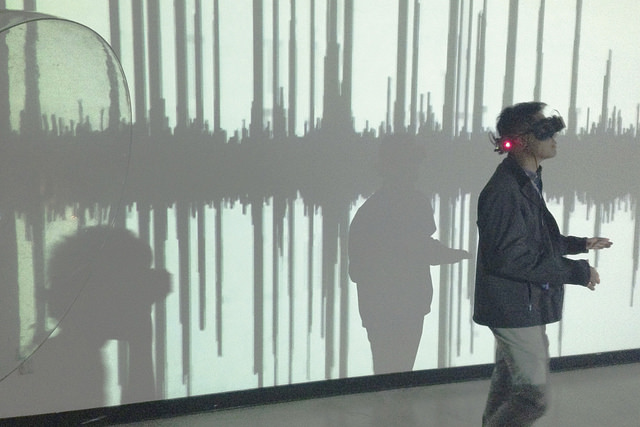Bird Song Diamond is an interactive installation based on long-term research (2011- present) allowing multifaceted, interdisciplinary perspectives — uniquely connecting the nodes of evolutionary biology, artificial intelligence, spatial sound, mechatronic art and interactive technologies. The diamond as a crystal lattice of connected nodes reflects the commitment of each node to its disciplinary rigor held together in balance through shared interests. The sound art installation is an effort to include multiple new facets of the larger public — from children to art lovers and from academics to theoreticians.
Opening from July 3 through July 20 2015
Fort Jay on Governors Island
“The intent of this project is to permit humans to understand the grammar and meaning of bird songs. Recent advances in sensor arrays, computation, and computational linguistics finally make this long-sought goal achievable.” (Charles Taylor, 2011) Beyond developing better analytical tools, this project engages artists who are well versed in the development of art|science interface and interactive installation with sound, to establish an experience that overlays aspects of the life, loft, and language of a bird with that of human characteristics. This last investigation has broad appeal, and can serve to engage younger people to notice their environments and to participate more in scientific activities and initiatives
As an exploration into the interdisciplinary collaboration, the sonic components of the installation are composed under the auspices of the scientific team led by evolutionary biologist Charles Taylor who has been systematically categorizing bird sounds and determining the patterns of communication within spatial networks of birds in the field. Taylor also brings to the art sci team many of his collaborators, including ecologist Dr. Martin Cody, linguist Dr. Edward Stabler and physicist Dr. Takashi Ikegami and his group from the University of Tokyo. It should be noted that Ikegami has collaborated with sound artists on a number of sound installations in the past.
The new tools and methods for collecting and analyzing bird song now allow a level of observation that previously would not have been possible. We are now collecting truly vast amounts of data from previously inaccessible settings and subjecting data to previously undiscovered sophisticated structural analyses. It will be transformational to computational linguistics if the natural world beyond humans were shown to have languages that are radically different from our own (as seems quite likely). Our analysis will be aided – in fact only possible – to the extent that we can view the environment from bird’s perspective — emphasizing the important role for artists in our collaboration.
A guiding theme to our research is the role of complexity and chaos in communication systems. With reference to the complexity categories studied by Wolfram and Langton, the systems we are researching are situated at the edge of chaos: their complexity is above that of fixed sequences of symbols or sounds, but below that of chaotic or purely random systems — at the phase transition between complexity categories 2 and 3. Meaning emerges and is communicated through the evolution and maintenance of intermediate complexity — patterned sequences that are simple enough to be understood, but sufficiently complex that they can carry expressive data or meaning. Among the systems whose vocalizations fall into that class are human language, and the songs of at least three species of birds that we have been studying — California Thrasher and the Cassin’s Vireos and Black-headed Grosbeak. These comprise the target species for this project; our work features field recordings and analyses unique to their songs.
Names of Collaborators:
Art Sci collective: sound artist Joel Ong (PhD candidate, University of Washington, Seattle; Aisen Caro Chacin (PhD candidate, University of Tsukuba); John Brumley (MFA candidate, UCLA Design Media Arts); Reiji Suzuki (Associate Professor, Nagoya University); and Mary Tsang (MS candidate, MIT media lab); Max Kazemzadeh (Associate Professor & Program Director, Gallaudet University)
Ikegami laboratory: Mizuki Oka, Atsushi Masumori, Itsuki Doi and Norihiro Maruyama (University of Tokyo)






